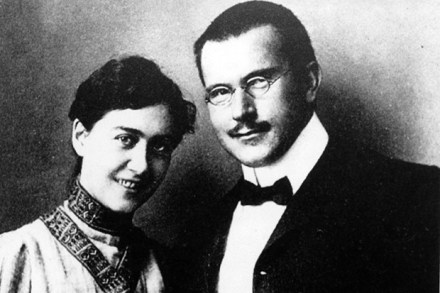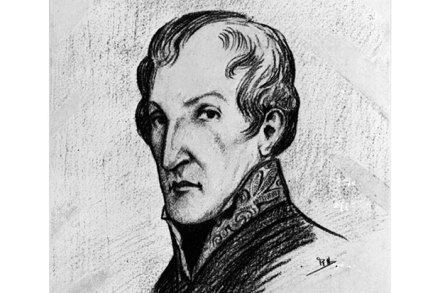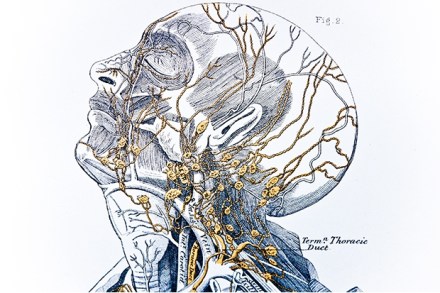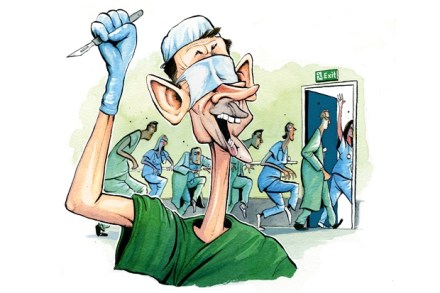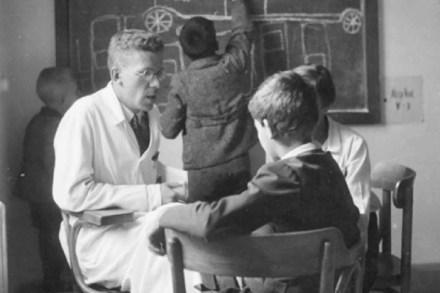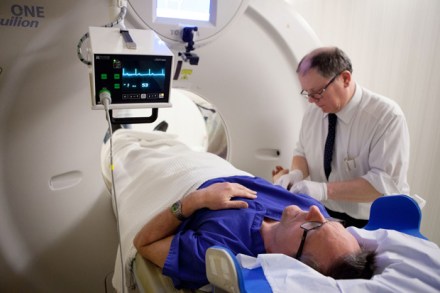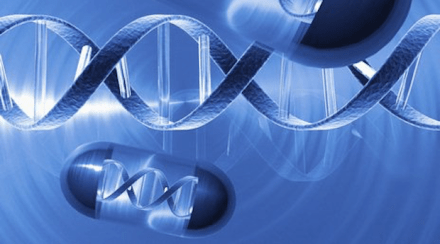Hippocrates’ prescription
Doctors are being urged not to tell patients what is best for them but to lay out the options and tell them to get on with it. Hippocrates (5th century BC) would have had his doubts. A key duty of the ancient doctor was, he said, ‘to help, or at least not to harm’. In this it was standard practice to involve the co-operation of the patient. As Hippocrates said, there were three components to the medical art: ‘the disease, the patient and the doctor. The doctor’s job is to serve the technical side; the patient’s is to co-operate with the doctor in combating the disease.’ Trust between doctor and patient


